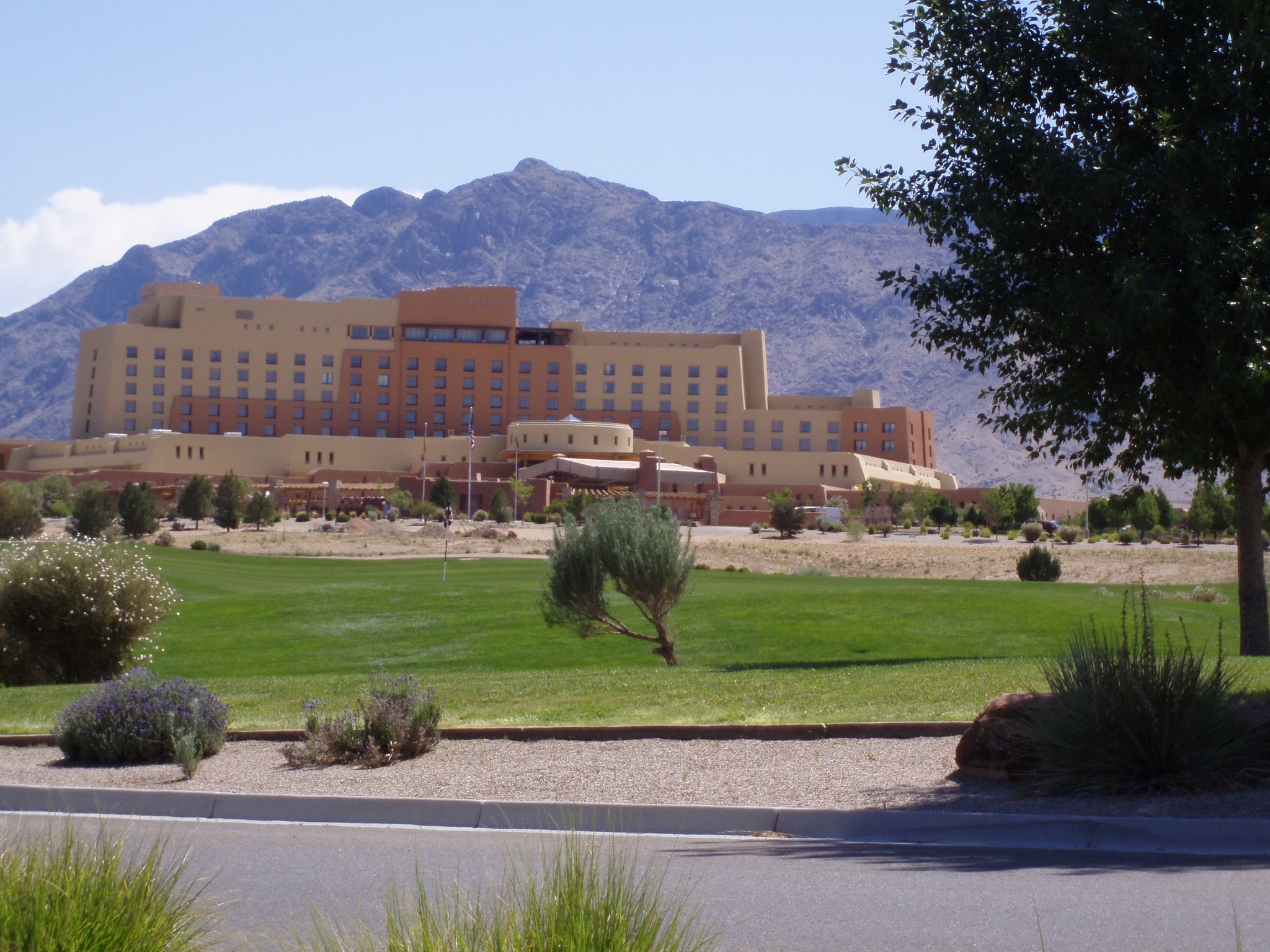Native American Casinos

How gaming became a billion dollar industry for Native Americans.
 Sandia Resort and Casino, Albuquerque, New Mexico Related Links |
When a couple on living on a Minnesota reservation appealed a $147.95 property tax bill, little did they know that they were setting the stage for a multi-billion dollar business to flourish on reservations across the nation.
In June 1972, Itasca County, Minnesota, sent a property tax bill for $147.95 to Russell and Helen Bryan, a Chippewa couple living in a mobile home on the Greater Leech Lake Indian Reservation. Under U.S. law, Native Americans living on reservations are exempt from paying property taxes. The Bryans reached out to the Leech Lake Reservation Legal Services Project, which took the case to court. The Bryans lost the case at both the district court and the Minnesota Supreme Court.
However, the Bryans persisted, and their case made it to the U.S. Supreme Court, which unanimously ruled in their favor. In the decision, authored by Justice William Brennan, the Supreme Court ruled that states do not have the authority to tax Indians who live on Indian reservations. The decision also said that states do not have the authority to regulate Indian activities on reservations. Native Americans saw an opportunity to improve their economic plight, and over the next few years, bingo operations popped up on reservations all over the United States. An industry was born, and casinos popped up on reservations throughout the 1970s and 80s.
Let the Games Begin
But that industry met with controversy and litigation early on. In most cases, any incidents that went to court were ruled in favor of Native Americans. For example, on their reservation near Fort Lauderdale, Florida, the Seminole Tribe built a large bingo operation that operated six days a week. However, their business hours conflicted with a Florida state law that only allowed bingo halls to be open two days a week. The case went to trial and the district court ruled in favor of the Seminoles.
Controversy raged on because states were afraid that without regulation, Native Americans had an advantage over non-reservation gambling establishments which were regulated. People feared Native American establishments would siphon income away from communities and towns outside reservations. There was also concern about criminal activity and organized crime. To address some of these issues, Congress passed the Indian Gaming Regulatory Act (IGRA) in 1988. The new bill still allowed tribes to open and operate casinos on reservations, but mandated that the tribes must have a Tribal-State compact with the state in which they were located. IGRA also clearly stated that the federal government had the power to regulate gaming. The Tribal-State compact allowed states to force tribes to pay a special tax on casino revenue. As soon as IGRA was passed, the National Indian Gaming Commission, a federal agency, was set up to assist in the regulation of high-stakes gaming on reservations. IGRA did not hinder the new business venture. Revenue for Native American gaming went from $110 million in 1988 to $16.7 billion in 2006.
According to the most recent data from the National Indian Gaming Commission, 240 tribes were operating 460 gambling establishments in 2011. Total revenue for that year was $27 billion.
Reservations
In 2013, half of the Native Americans who live on or near reservations are members of a tribe that has opened a casino. Studies show that casinos have benefitted Native Americans and reservations in several ways. Younger generations have moved back to reservations with casinos, resulting in an 11.5 percent increase in population. Employment for people living on reservations with casinos has increased 26 percent. There has been a 14 percent decline in poverty. A large majority of people working in casinos on reservations are not Native Americans, so counties with casinos have seen an increase in employment as well.
However, there are some negative effects. Counties where a casino has been opened for at least four years have seen around a ten percent increase in bankruptcy, crime and larceny. Also, so much success has brought increased competition from non-tribal gaming, an industry that has been encouraged and assisted by state governments looking for ways to increase tax revenue.
Native American tribes are making business ventures beyond gaming. In 2013, Minnesota's Mille Lacs Band of Ojibwe purchased two hotels in St. Paul, making them the largest hotel owners in the city. The Winnebago tribe of Nebraska owns over 24 national and international businesses. Their businesses range from construction to advertising. While the gaming industry has brought a new level of wealth and independence, Native Americans are currently investing in ventures that are more stable economically and not placing all their bets on just one thing.







